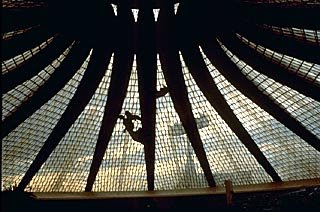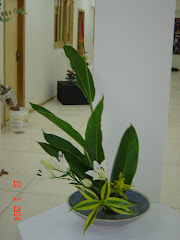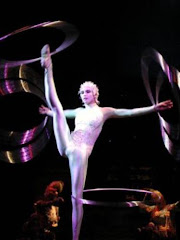
sexta-feira, 24 de outubro de 2008
Oscar Niemeyer Pritzker Architecture Prize Laureates 1988
Oscar Niemeyer was born in the hillside district of Rio de Janeiro, Brazil and has lived and worked in that area ever since, with occasional forays to France and Italy.
As a student working in the office of Lucio Costa, a prominent architect, he was assigned to work on the plans of the Ministry of Public Instruction designed by the famous French architect Le Corbusier.
It was while working on this project that he met the mayor of Brazil's wealthiest central state, Juscelino Kubitschek, who would later become President of Brazil. As President, he appointed Niemeyer to be the chief architect of Brasilia, a project which occupied all of his time for many years.
Among his other world projects, he collaborated with Le Corbusier again on the design for the United Nations Headquarters in New York. His own residence in Rio de Janeiro has become a landmark. In the 1950's, he designed an Aeronautical Research Center near Sao Paulo. In Europe, he did an office building for Renault and the Communist Party Headquarters both in Paris, a cultural centre for Le Havre, and in Italy, the Mondadori Editorial Office in Milan and the FATA Office Building in Turin. In Algiers, he designed the Zoological Gardens, the University of Constantine, and the Foreign Office.
Although semi-retired, he still works at the drawing board and welcomes young architects from all over the world. He hopes to instill in them the sensitivity to aesthetics that allowed him to strive for beauty in the manipulation of architectural forms.
"I have always," says Niemeyer, "accepted and respected all other schools of architecture, from the chill and elemental structures of Mies van der Rohe to the imagination and delirium of Gaudi. I must design what pleases me in a way that is naturally linked to my roots and the country of my origin.
"As an architect," he continues, "my concern in Brasilia was to find a structural solution that would characterize the city's architecture. So I did my very best in the structures, trying to make them different with their columns narrow, so narrow that the palaces would seem to barely touch the ground. And I set them apart from the facades, creating an empty space through which, as I bent over my work table, I could see myself walking, imagining their forms and the different resulting points of view they would provoke.
"When I started to design the Museum of Modern Art for Niteroi, I already had an idea in mind. An abstract circular form above the landscape, and the site free of other constructions to better emphasize the building.
"I did not want to repeat the usual solutions of a cylinder above another, but to move in the direction of the design for the Caracas Museum, creating a line which would rise with curves and straight lines from the ground up to the roof.
"The exhibition hall would be surrounded by straight walls —I did not want it glazed — but with exits for the external gallery which would encircle it, integrating it in the magnificent panorama.
"As it often happens this solution calling for a central support sustaining only the exhibition room was modified. With the addition of one meter in height on the radial beams, measuring one meter and a half, we would add a new floor, including the 'foyer,' the reception room, the auditorium, work rooms, library and bathrooms. This would result in a more complete and economical project.
"My architecture followed the old examples. The beauty prevailing over the limitations of the constructive logic. My work proceeded, indifferent to the unavoidable criticism set forth by those who take the trouble to examine the minimum details, so very true of what mediocrity is capable of.
"It was enough to think of Le Corbusier saying to me once while standing on the ramp of the Congress: `There is invention here'."
Assinar:
Postagens (Atom)













